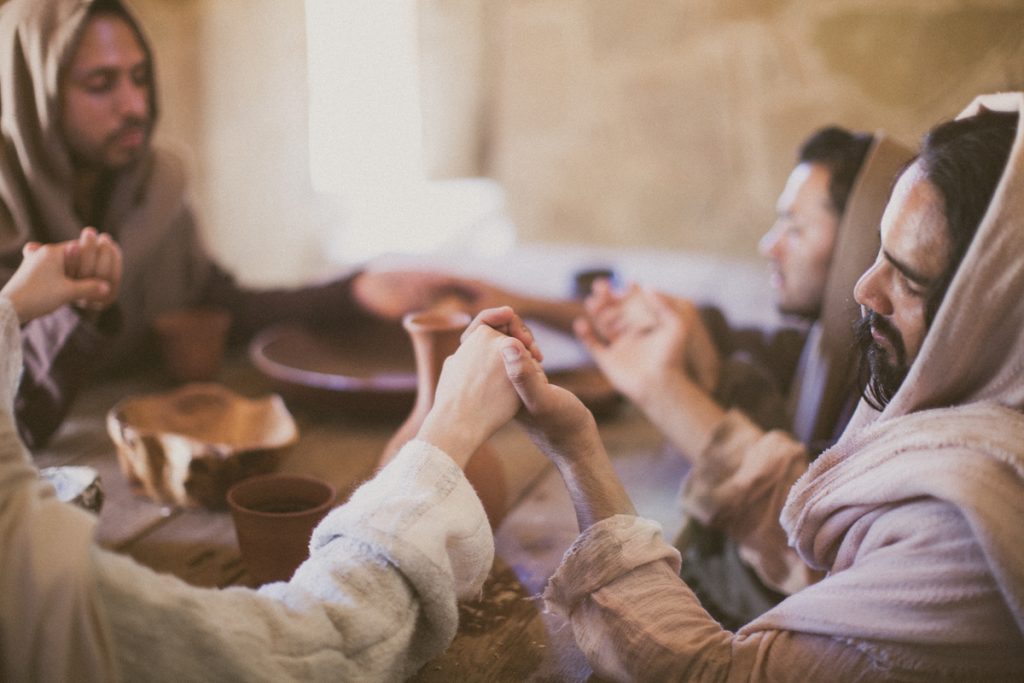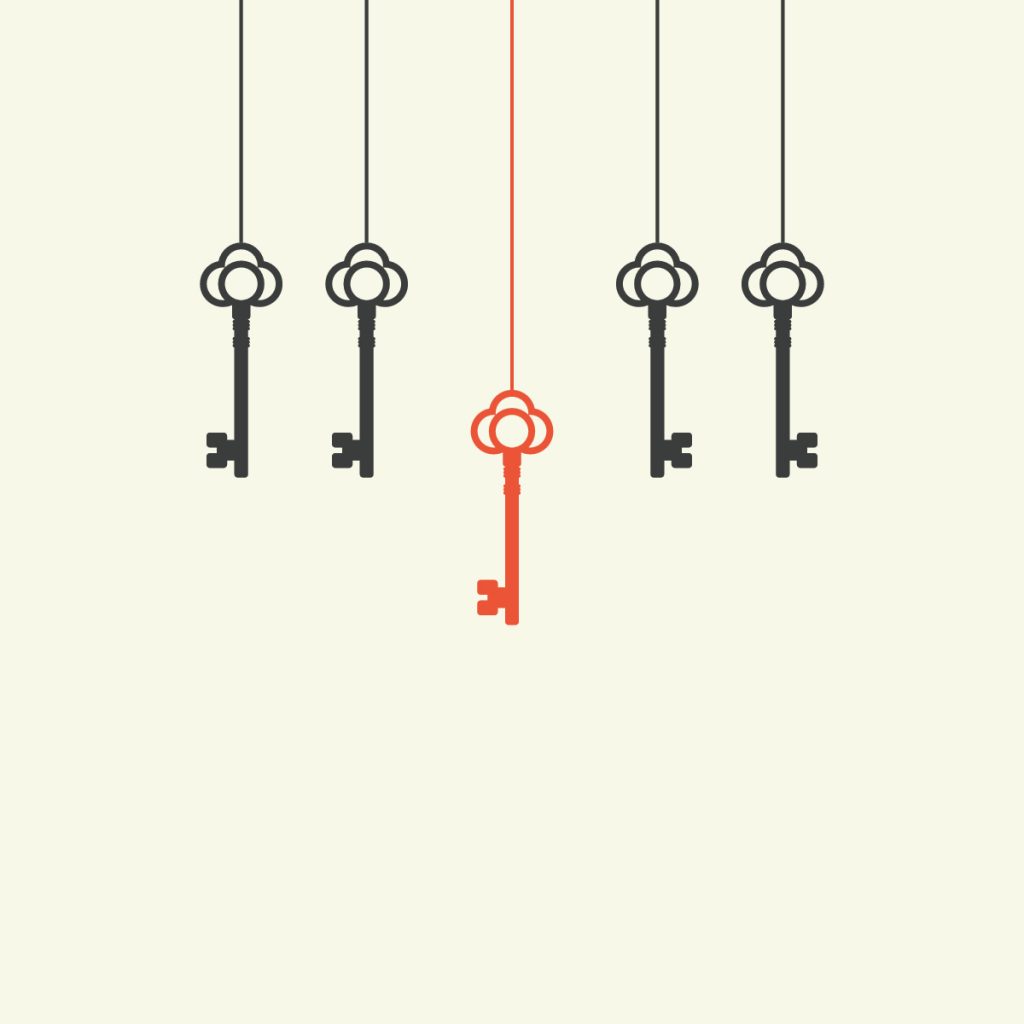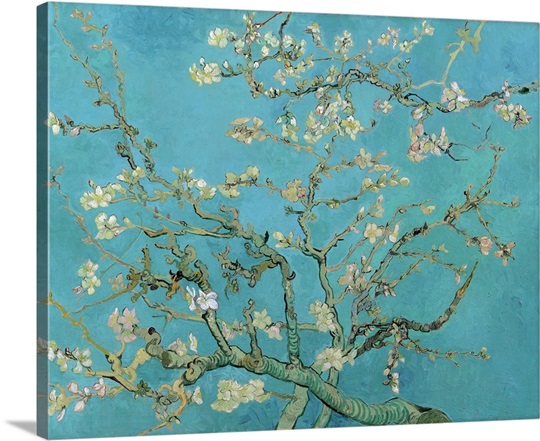Throughout the history of the church, God has raised up strange new movements to stand in contradistinction to the staid or culturally acceptable forms of Christianity of the day. Even though our slow and inexorable drift seems always to be toward conformity, God regularly brings the weird back into our midst. We should look for it, foster it, promote it, join it. Because when God raises up people to help keep Christianity weird, we are reminded again how strange and odd our faith is in the first place.
Much of the church in today’s America seems to have traded in its mandate to be eccentric and aimed instead at an unconscious conventionality. Before conventionality sets in the Christian movement is considered fundamentally out of sync with the powers and principalities that occupy a fallen world. The Christian movement from the beginning was an alternative, redeemed society. It was considered so odd, it continually confounded those around them. The church at its best is always weird. But more than being socially odd, the church has always championed uncommon causes. Priorities only recently taken up by the Weird Cities movement—social justice, community development, responsible business practices, environmentalism, conviviality, and community, etc.—have always been Christian priorities. So any call to keep Christianity weird should have the emphasis on the word keep. At our best, we are weird, and this has been proven throughout history.
In his final book, The Patient Ferment of the Early Church, Alan Kreider examined the first 400 years of the church’s history, in order to figure out, “Why did this minor mystery religion from the eastern Mediterranean—marginal, despised, discriminated against—grow substantially, eventually supplanting the well-endowed, respectable cults that were so supported by the empire and aristocracy?”[i]
What he found was that, far from the common view that the church grew like a wildfire across the empire, the people of God slowly and patiently fostered the conditions that turned them into a force that could not be contained. According to Kreider, they did this three fundamental ways:
- they embodied a patient eschatological hope, trusting in what God had said about the future
- they committed themselves to countercultural communal practices or habits, and
- they discipled newcomers via a formal catechesis and alternative worship.
This is so different to the way we’re taught to grow the church today, when there seems to be a new evangelistic strategy coming at us every month. The early church focused their attention not on strategies, but on habits, prayer, teaching, and worship. They trusted that God was at work in the world, lived in radical obedience to Jesus, and shaped an alternative lifestyle that intrigued and attracted outsiders.

In other words, the earliest Christians taught themselves to be weird like Jesus and created habitual practices to help keep that weirdness in place. This is important. The “patient ferment” Kreider is talking about involves a new kind of discipleship, one that focuses not on strategies or outcomes but on learning and habits. They were fostering the conditions for the renewing of the mind by the Holy Spirit. And getting these conditions embedded into the life of a believer takes time.
Kreider observed that the early church didn’t make it easy for newcomers to join, and they certainly didn’t ease off once you’d become a member. The church instituted a rigorous form of catechesis, a program of spiritual formation and theological instruction carried out in preparation for baptism, lasting up to several years. They also fostered an alternative (for the time) form of worship, centering especially on prayer and food, the focus of which became the celebration of communion.
Following baptism, the patient ferment of the early believers continued to bubble away. The new habits instilled in their lives “formed the character of the Christians, aligning them with God’s purposes and habituating them to the surprising ways of Christ’s church.”[ii]
All that to say, making someone weird like Jesus is a slow, deliberate process. The renewal of the mind doesn’t happen all at once in some cataclysmic supernatural experience. It takes time, discipline, a devotion to study, and the adoption of new habits.

In other words, weirdness is not the absence of controls or discipline. True weirdness—Jesus-like weirdness—is so contrary to our natural impulses and interests that embracing it requires focus, patience, and discipline. Lowering your threshold of collective behavior should be an unhurried, methodical process. We need more Christians to be committed to this endeavor, to do as we said at the beginning and “think different,” break the rules, disturb the status quo. But not in some undisciplined, chaotic sense.
Vincent van Gogh is widely known today as a thoroughly eccentric artist. He might not have invented impressionism, but he was the first to paint stars swirling uncontrollably in the night sky, or to depict sunflowers as golden explosions, or the sky on fire above a wheat field. His pictures were vivid, wild, daring, chaotic, full of bright yellows and deep blues. If you’ve ever had the opportunity to visit the Van Gogh Museum in Amsterdam and be surrounded by a room full of his work—Sunflowers, Irises, Almond Blossom, The Bedroom, and The Potato Eaters—you’ll know the powerful visceral effect it can have.

And yet, if you go to the Van Gogh Close Up exhibit on the second floor, you can look at van Gogh’s early drawings. Collected in drawers you’ll find scores of meticulous drawings of hands and feet made by Vincent when he was learning art. And then it dawns on you—Vincent didn’t simply pick up a brush and start painting A Starry Night. First, he submitted himself to the slow discipline of learning his craft.
Another eccentric artist, Pablo Picasso, once said, “Learn the rules like a pro, so you can break them like an artist.” In fact, “breaking the rules like an artist” requires that you first learn those rules carefully. All the grand masters submitted themselves to their craft. They learned the rules before they dared break them. Artist Alexander McQueen once said, “You’ve got to know the rules to break them. That’s what I’m here for, to demolish the rules but to keep the tradition.”[iii] It’s the ability to keep the tradition while breaking the rules that makes all the difference.

I remember my father moaning about modern art and saying anyone could paint like Picasso (“It’s just cubes”) or Pollock (“You just splash paint on a canvas”). But you try. Your paint splashes on a canvas won’t be anywhere near as sublime as Jackson Pollock’s.
I think it’s the same when it comes to Christian discipleship. The church needs innovators. We need more rule-breakers. But we need the kind of rule-breakers who took the long, slow painful time to learn the rules that need breaking and how to keep the tradition at the same time.
Before you think keeping Christianity weird is a call for wild and carefree rule-breaking, think again. All the great Christian rule-breakers of history submitted themselves to rigorous instruction and discipline as part of their journey into eccentricity.
 You’ve been reading from Keep Christianity Weird: Embracing the Discipline of Being Different by Michael Frost. Watch the video, get the book, or read more free excerpts by visiting KeepChristianityWeird.net. You can also learn more about Michael Frost at Mikefrost.net.
You’ve been reading from Keep Christianity Weird: Embracing the Discipline of Being Different by Michael Frost. Watch the video, get the book, or read more free excerpts by visiting KeepChristianityWeird.net. You can also learn more about Michael Frost at Mikefrost.net.


